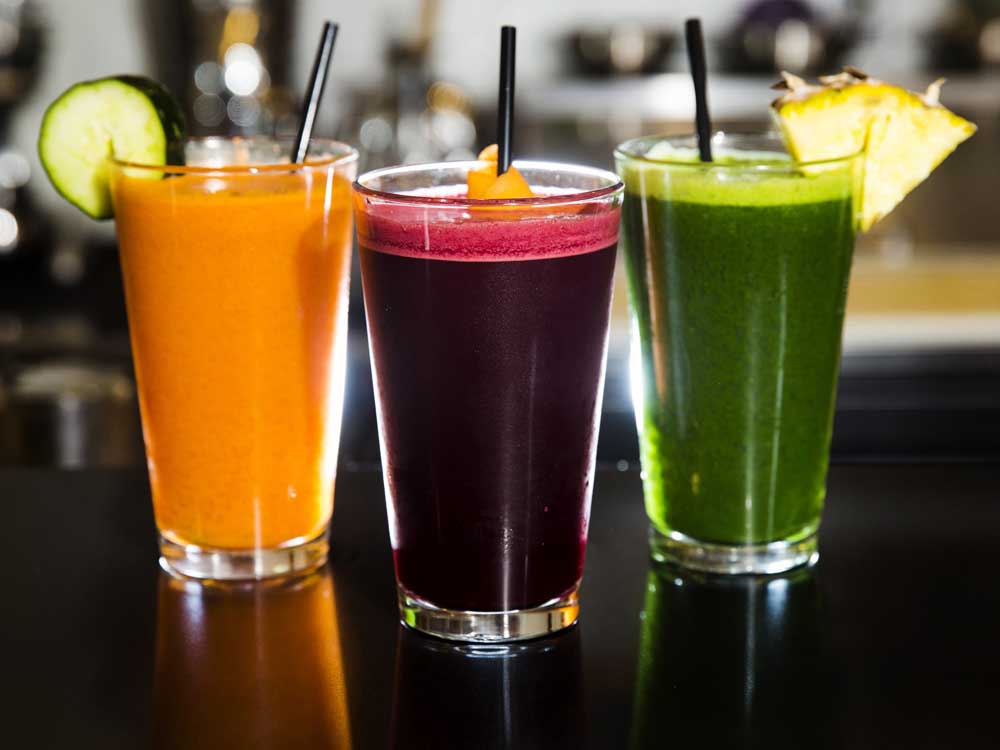Does kimchi spoil? Storage tips for trendy foods
Published 12:00 am Tuesday, March 10, 2015

- (Jay L. Clendenin/Los Angeles Times file photo)
If you’ve tried kimchi, kombucha and kamut in the past year, you’re probably a trendy-food “early adopter” — a person who tries new foods sooner than your peers.
If you’ve been eating kale, tahini and flaxseed for a while, and know how to pronounce quinoa, it’s time to talk about food storage and safety for these “new” foods. More of them appear in the news and on our grocery store shelves every month, and you might be surprised to find out the best ways to store some of them after they’ve been opened.
Trending
We checked in with Evan Hendrix, grocery team leader at Whole Foods Market in Bend, to hear his thoughts about storage and expiration guidelines for more than a dozen popular food items you might be trying (see “Storing trendy foods safely”).
Did you know that you don’t have to refrigerate hot sauces, but it’s a good idea to put bread that’s made without preservatives in the fridge if you want to avoid mold?
Coconut oil can be stored in the pantry, but your best dark chocolate should be refrigerated.
Fresh juices that are high-pressure pasteurized should be consumed within three to five days of purchase, and almond milk doesn’t last indefinitely in the fridge.
“It’s a confusing marketplace these days. We want to help. The staff at Whole Foods love food, and we love to talk about it and help people figure it out,” Hendrix said.
Hendrix not only knows a lot about food, but he also loves to cook. He and his wife plan their meals a week in advance. He gave us some tips for keeping track of the food you have and using it up quickly.
Trending
“My wife and I cook a lot, and we encourage friends and family to create a weekly menu. If you stick to it, and plan on cooking three or four nights per week, you can also plan in leftover nights: cook up pasta and toss it with leftover stew,” he said.
When you plan meals based on what you have on hand, Hendrix said, “You’ll notice you’re consuming things in your fridge and pantry faster, and you can cut your food bill in half.”
To reduce food waste and improve food safety, whether it’s trendy new foods or more traditional ones, Hendrix suggested the following:
• Mark food with the date you open it, and then put it in the refrigerator or pantry. You can also write a Post-it note saying “good until” whatever date it expires. Almond milk, for example, is good for seven to 10 days after it’s opened, whereas some conventional dairy milk will last for 15 days after opening. Read food labels carefully to see recommendations.
• Buy small quantities of items such as miso paste or flaxseed if you haven’t cooked with them before. A small container takes up less space in the refrigerator. Store pantry items in a cool, dark place, not in a cabinet above the stove that absorbs heat or on a counter or shelf that gets direct sunlight.
• Organize your pantry by cuisine type. “We have a big open cupboard and put a different region’s items on each shelf: Asian, Italian, Hispanic/Latin. We always have rice noodles on hand, hoisin, teriyaki, so if we want to make curry or pad thai, we know we have the shelf-stable stuff,” Hendrix said.
— Reporter: ahighberger@mac.com








